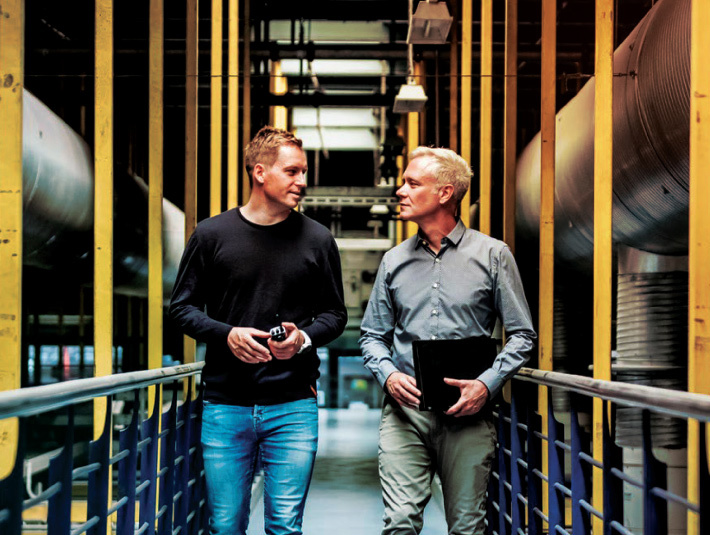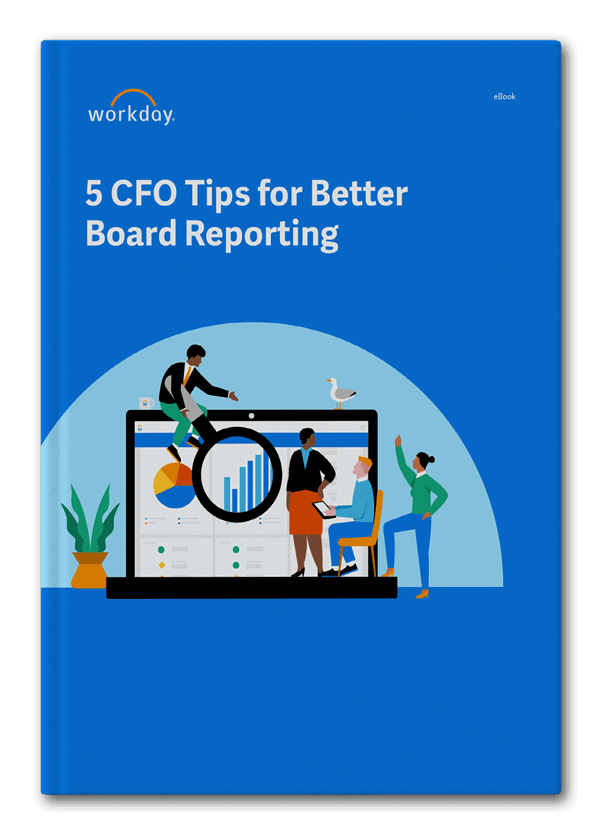Written by Sven Martin (CEO – Australia)
We’ve all got a couple of years under our belt of considering, prodding, and, in some cases, actually putting AI to work.
I predict that in 2025, businesses will start seeing real use cases with meaningful service or efficiency impacts across their business processes. This will shift their thinking and perception of the importance of using AI to enhance their workflows and productivity - and they will realise the value of looking at their AI strategy.
What’s changed?
Business maturity and confident use cases will be the big enabler for AI in 2025.
While last year was the time for many to watch how other businesses made progress with AI, I believe this year belongs to those who have done their due diligence. They now have a clearer vision of where and how AI can deliver an operational ROI and are ready to “make it so.”
Tangible use cases will be the biggest motivation for investing and adopting AI. These use cases will give confidence to the cautious and demonstrate the real-world viability of AI to the tentative.
What adopting AI does require is a change of mindset. AI delivers best (and transforms most) when you’re not trying to replicate existing processes – but are prepared to rethink them. And when you are willing to fail fast and start again if needed.
Some use cases that impressed the heck out of me
There are more and more examples of how businesses and organisations can leverage AI in the real world to change how they can deliver services, improve operational performance – and even save lives. One (timely) example is that of Alberta Wildfire, who fight Canada’s record wildfires using an AI-powered tool to help duty officers make decisions and use resources more strategically. Trained on a massive amount of historical fire data, the tool makes predictions based on regional weather and forest conditions – and can accurately predict the likelihood of a new wildfire 80% of the time.
In another example, our own team demonstrated a high-value AI use case for e-commerce organisations. Online stores often struggle with the effort and time it takes to compile and present the content for hundreds, if not tens of thousands, of products needed for their shopfronts. Each listing requires a photo and description, a SKU, dimensions, colours, technical specifications, price, and more.
We used AI tools, including natural language generation tools, in conjunction with Microsoft Dynamics 365 Finance & Operations (it could be any ERP) to match the F&O product lists against a library of product manuals, pull out all the relevant product descriptions, photos and technical specs from them, rewrite them to fit the website format, and automatically populate the entire shop front.
Did it work? Yes. And it took just minutes to populate an entire store - not days, weeks, or months – so it’s a game-changer. Best of all, it took little time to deliver an AI tool that offers significant user and business value.
I firmly believe use cases like these will pave the way for more confident adoption this year by those keen to reimagine how (well) they do business. Watch this space!













